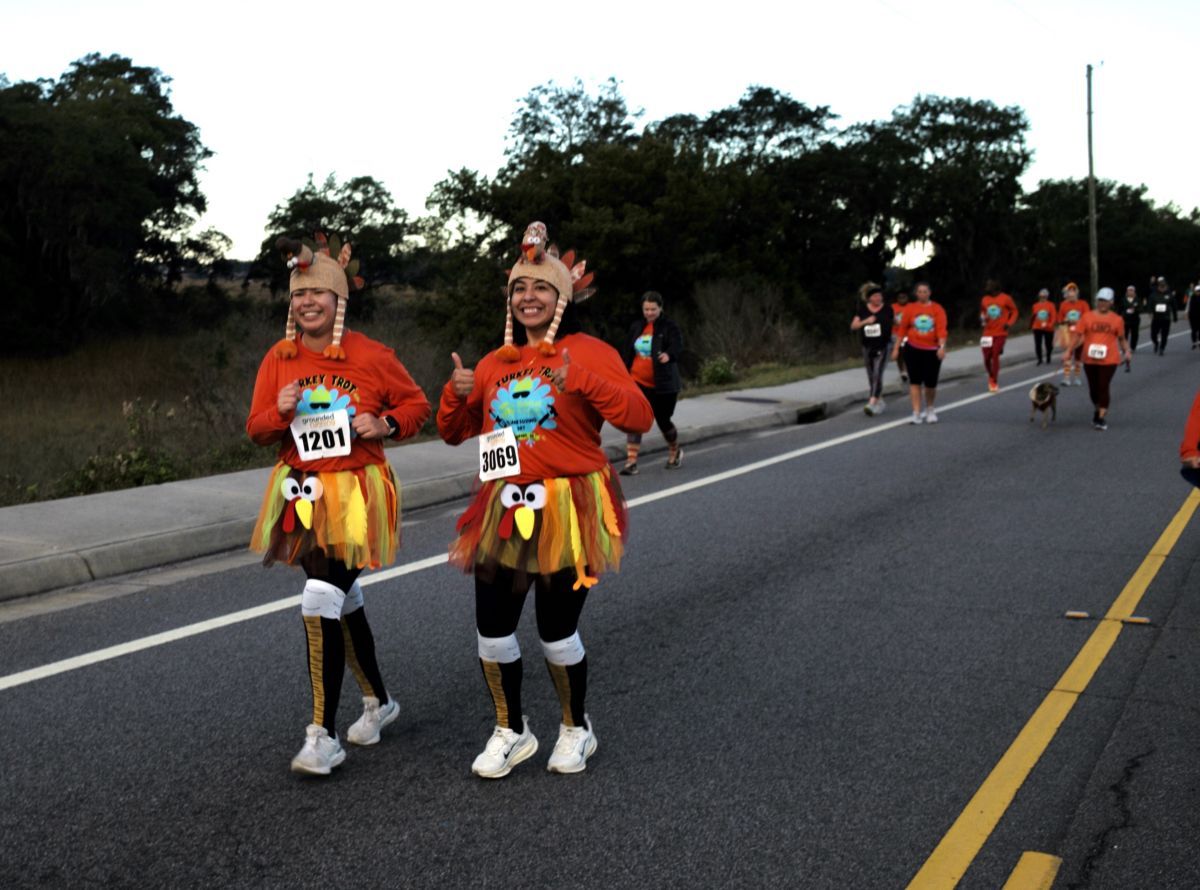Sea turtle nesting in 2011 has started out extremely strong with most of the coast reporting higher than normal nest counts. About 2,545 loggerhead nests have been reported on project beaches along the South Carolina coast.
As the peak of hatching season approaches, the support of South Carolina coastal residents and visitors is needed to raise awareness and educate visitors to Keep Lights Out for Loggerheads. When hatchlings emerge from the nest, they are attracted to the blue and green wavelengths of light naturally reflected off the ocean through celestial light. They use this natural light cue to navigate from the nest towards the ocean. If an artificial light source on the beach is brighter than the natural light, hatchlings will head towards this artificial source. This is known as disorientation and occurs when artificial beach lighting is brighter than the natural ocean horizon. In these instances, hatchings will crawl away from the ocean toward bright, artificial lights, causing them to be more susceptible to predators and exhaustion. Learn more about Keep Lights Out for Loggerheads at: www.dnr.sc.gov/seaturtle/lights.htm.
You can help by turning out all lights in your house that are visible from the beach, dusk to dawn, from May through Oct. Closing blinds and drapes on windows that face the ocean also reduces the light pollution on the beach. If a sea turtle hatchling is disoriented by artificial light, federal fines for harming a threatened or endangered species can reach $25,000. County and local lighting ordinances exist to protect sea turtles. Violating local or county lighting ordinances carry fines up to $500.
The average nest incubation duration for a loggerhead sea turtle is 55-60 days. Nests begin to hatch around mid- to late-July and hatchlings continue to emerge through October. After a turtle nest has hatched, S.C. Department of Natural Resources (DNR) staff and volunteers evaluate the remaining contents of the hatched nest to determine the success of each nest. To keep up in real time with the number of nests laid and hatchlings that have emerged, visit the South Carolina Online Nest Monitoring System sponsored by Seaturtle.org.
The DNR Marine Turtle Conservation Program (www.dnr.sc.gov/seaturtle) is responsible for managing and protecting sea turtles in the state of South Carolina. This program has several all-encompassing components: management, monitoring, research, and education. More specifically, this program implements management techniques to mitigate activities that may impact sea turtles and provides training and support to more than 1,100 volunteers across the coast who protect nests and document sea turtles that wash ashore (strandings). DNR staff members also perform necropsies on fresh dead strandings and respond to live strandings in need of care.
The loggerhead, South Carolina’s state reptile, has a rich reddish-brown carapace (shell) and yellow plastron (underside). The loggerhead’s large skull provides for the attachment of strong jaw muscles for crushing whelks and crabs. Loggerheads leave the cold coastal waters of South Carolina in the winter and are often seen along the western edge of the Gulf Stream. Adult loggerheads can weigh as much 300 pounds and reach up to four feet in shell length.
Latest from Uncategorized
From staff reports The City of Beaufort has announced the selection of Eric Claussen as its
Downtown businesses holding event to attract shoppers despite ongoing construction By Delayna Earley The Island News
Dominguez resigns from City of Beaufort Capital Projects Director Raul Dominguez has left his position with






